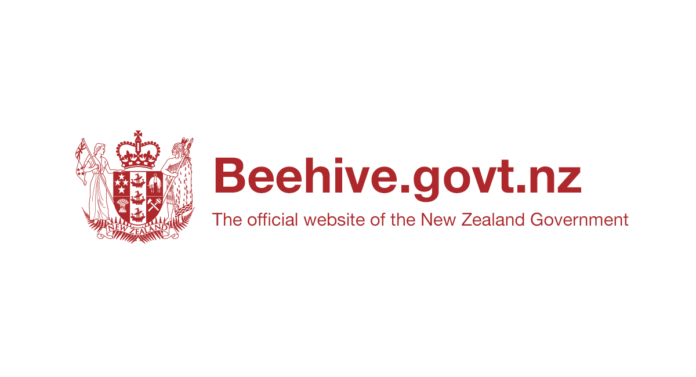Source: New Zealand Government
The Government has released the first Annual Report for the Child and Youth Wellbeing Strategy and the second Child Poverty Related Indicators (CPRI) Report, both of which highlight improvements in the lives of children as a result of actions of the Government, while setting out the need for ongoing action.
“Reducing the number of children living in poverty is a key priority for the Government and it’s pleasing to see the range of Government actions are starting to have a positive effect on children’s lives,” Prime Minister and Child Poverty Reduction Minister Jacinda Ardern said.
“The reports highlights that most children and young people in New Zealand are doing well. However, there is still a group of children for whom life at home is quite different.
“Too many children live in low-income households, or experience racism, bullying or violence. And overall, Māori, Pacific and disabled children and young people are more likely to experience worse outcomes.
“Many of the issues facing children, young people and their families are complex, stubborn and intergenerational, so we know change will take time, and will require sustained action across government and across our communities.
“While it is too soon to assess the longer-term impacts of COVID-19, we know it has given rise to major challenges in the lives of our most vulnerable.
“As part of our COVID response we have already taken steps to mitigate these impacts by increasing main benefits, rolling out the wage subsidy and expanding employment services which has resulted in a drop in the unemployment rate to 4.7 percent and record levels of people moving from main benefit to work.
“We will continue to take steps to ensure our recovery from COVID addresses inequality and doesn’t leave our most vulnerable children behind.
“While I’m proud of the Government’s achievements to date reducing child poverty, the work is far from done. The results will take time, but we will continue to build on progress, putting children and young people first, so that New Zealand really can be the best place in the world for them to be,” Jacinda Ardern said.
The Child and Youth Wellbeing Strategy Annual Report establishes baseline data for most of the 36 wellbeing indicators that will help us track progress towards achieving each of the six wellbeing outcomes for children and young people. It also summarises progress on key actions and next steps under each outcome.
The Child Poverty Related Indicators (CPRI) Report, also released today, focuses on a subset of the wider set of wellbeing indicators. They are measures related to the broader causes and consequences of child poverty. This is the second year the CPRI report has been produced.
Some of the key findings highlighted in the reports include:
- 83.0% of young people rated their family wellbeing as high.
- 90% of 15-24-year olds reported good, very good or excellent health
- 36% of households with children spent more than 30% of their disposable income on housing, a slight increase from 35% in 2018/19
- 7% of children lived in households with a major problem with dampness or mould, a drop from 8% in 2018/19
- 20% of children reported living in households where food runs out sometimes or often. The rates for Māori were 30% and the rates for Pacific were 46, however these have been trending downward
- 11 % of children and young people reported experiencing psychological or mental distress in 2019/2020
- The rate of potentially avoidable hospitalisations in 0-15 year olds was 49 per 1,000. This is a notable drop compared to previous years, which could partly be explained by COVID-19.
Child and Youth Wellbeing Strategy Annual Report
Child Poverty Related Indicators Report
https://childyouthwellbeing.govt.nz/resources/child-poverty-related-indicators-report-20192020



